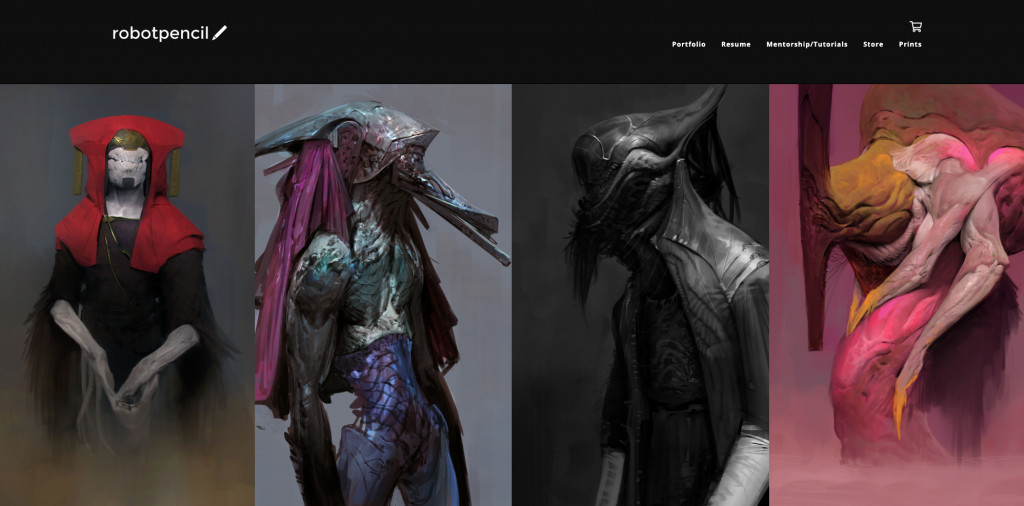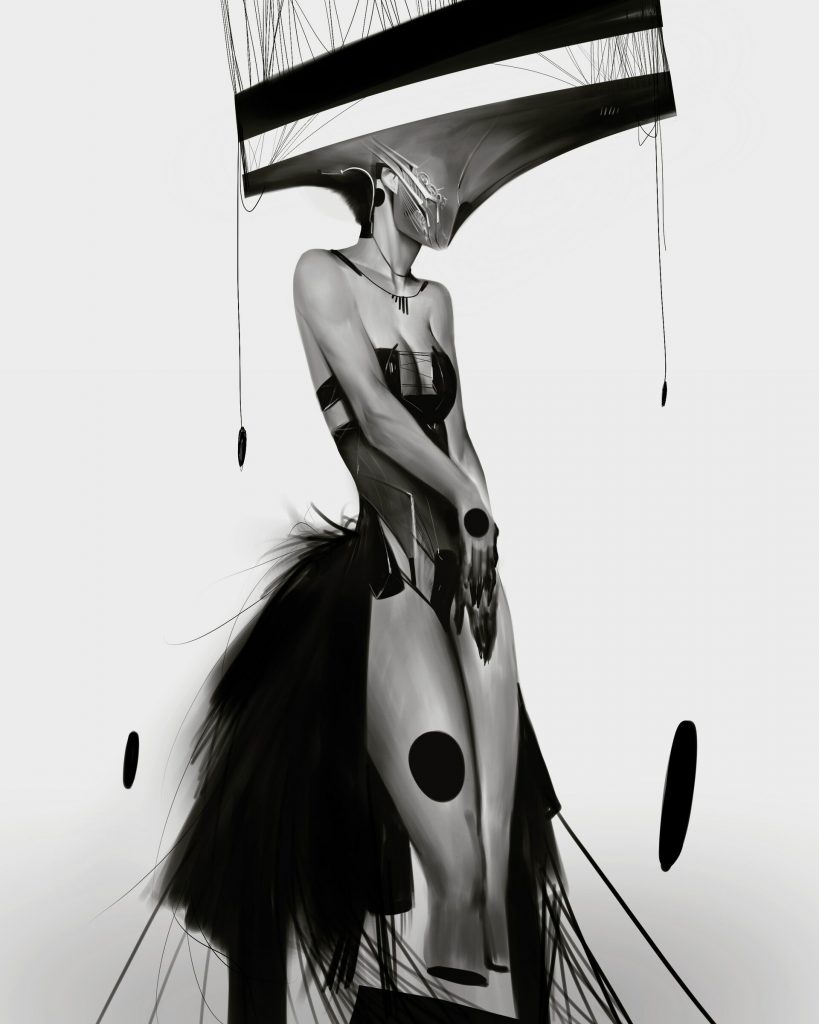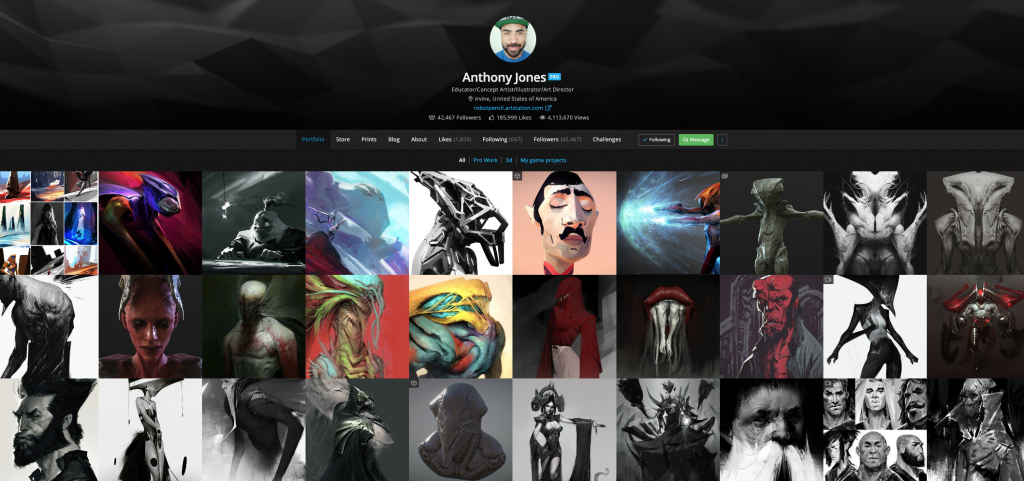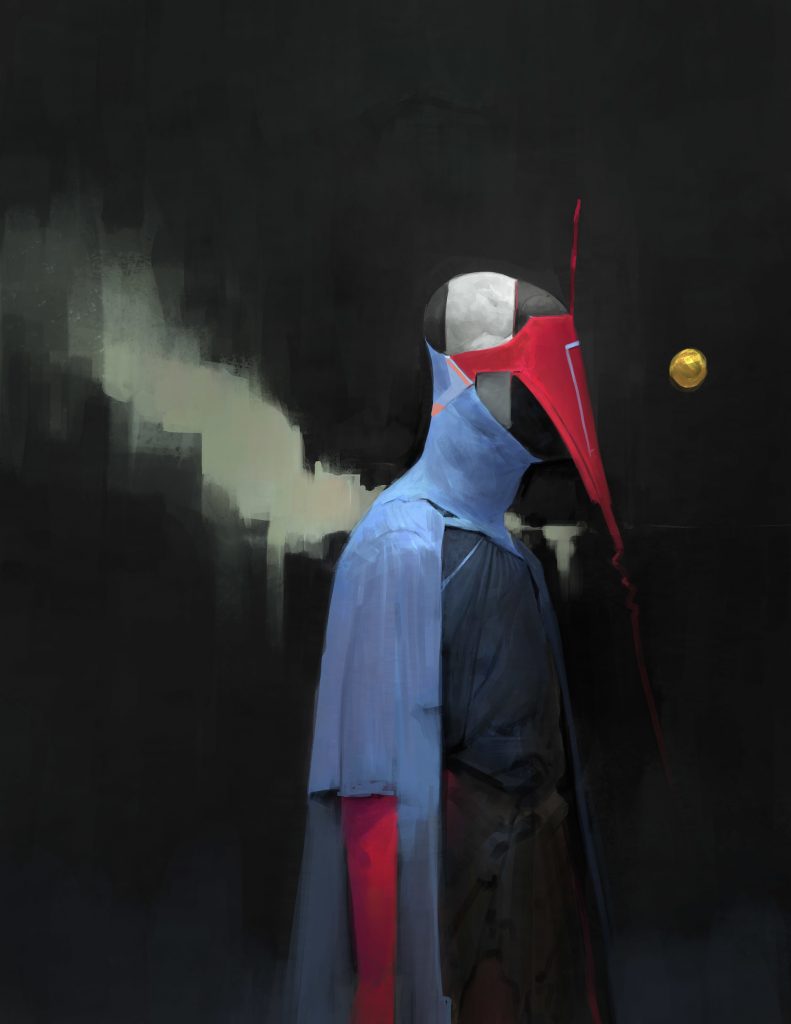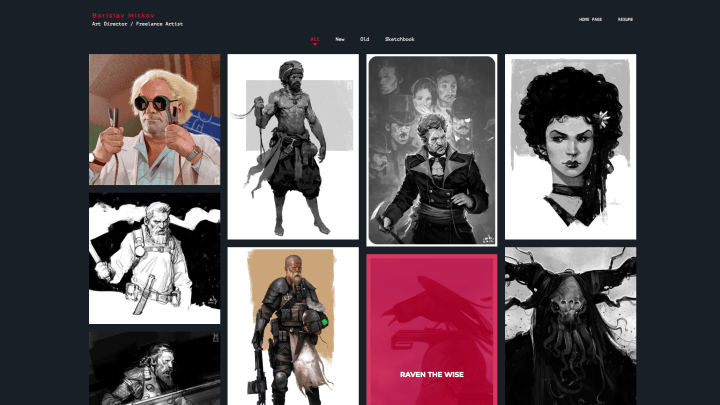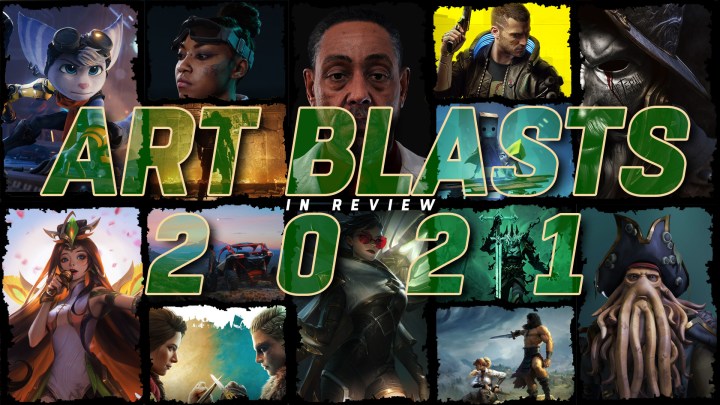Marketing Yourself as an Artist with Anthony Jones (Robotpencil)
Landing job offers as an artist in this day and age is more competitive than ever. Successful artists who excel most in their careers are those who understand that as a freelance artist, you’re running your own small business. Whether you are an established industry veteran or fresh out of school, how you present your work, market yourself and interact professionally can make all the difference in how many jobs you land.
To chat with us on the matter, we’ve roped in art director, educator and master self marketer, Anthony Jones (Robotpencil). With over a decade of experience in the entertainment industry, he’s worked with top studios like Hasbro Toys, Blizzard, Sony Santa Monica and Paramount Pictures. While he continues to work freelance, he also successfully runs a side business and passion project as an educator and mentor to thousands of aspiring artists online.
 His Journey
His Journey
It all started around 2007. I was sort of lost on what to do with my life and had no plans of a career. I was a plumber’s apprentice and realized I had no interest in doing that for the rest of my life. So, I pursued a career in game development since I love video games and I started as a programmer.
It was incredibly challenging and overwhelming for me but luckily I saw that concept art was a career within the industry and switched immediately. Of course, it wasn’t any easier but I was much more interested in it and that helped me to stay focused and see it through.
I eventually pushed through and worked for many amazing studios and began to teach. It started as a slow burn but I enjoyed helping others. Now I do that with half of my time and the other half I ironically have been learning programming and game development. The goal is still the same though which is to teach but with a whole new array of skills that could help an individual to pursue their goals and accomplish them.
The Content Creation Process
I’m lucky since I built my brand around the concept that I’m sort of painting as if I’m in the same room as you or I’m on your computer doing a demo and talking to you directly. I prefer this because it’s the most genuine and has a feeling of approach-ability that I think a pure ‘How to ’ lacks. But, that is not a critique of the other approach, it’s just not how I do videos. I paint what I like, I teach what I paint. If people are interested to learn they can now. Again, that all ties into how I do my work. Everything I explain is my thought process on the way I paint.
Learning What Works
People tend to see a really cool image in the thumbnail and are immediately interested. I try not to do thumbnails that are too ‘polished’ often because it’s disingenuous. Let me elaborate. A lot of images people see online isn’t always the truth. We can be critical of an image of a person overly sexualizing their work or whatever and feel that is an easy win for views, but it doesn’t mean that it doesn’t take skill to paint that. Just because I paint something that looks like tremendous skill and precision was at play doesn’t mean it doesn’t feel shallow from my perspective. I’m only pandering to my strengths.
When it comes to tutorials, I feel the same things can happen. People might expect to see an amazing image in a thumbnail and think “if I can just watch this tutorial, I’m sure I’ll get there too”. But as many find out, that’s not true. Perhaps the tutorial is great but will lead people to get nothing out of it because it was too complicated, had no access to the tools, not enough instruction for error, etc.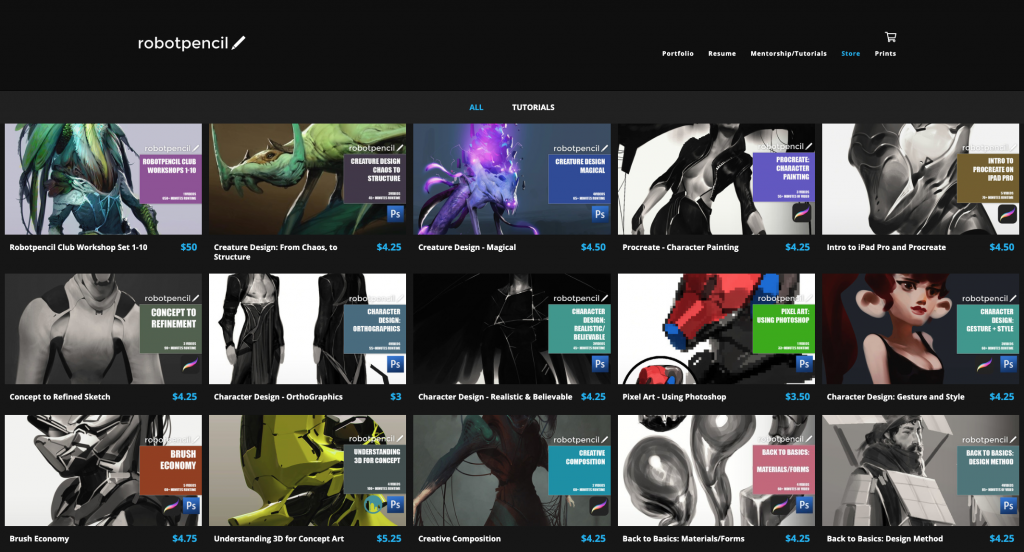
As much as I can see how some of the video tutorials I put out with great thumbnails do well at first, they don’t do as well as the ones that I explain concepts very well and elaborate on the bigger picture. I think that the success of those videos are from word of mouth and sharing with friends.
Check out his tutorials on his ArtStation-powered store >
Promoting on Social Media
Patience and persistence. This is the part that everyone knows but no one does. I have been posting pretty consistently on ArtStation for many years. You can literally go see for yourself. I have over 400 images on that platform. I know for a fact I’m not one of the best artists on the platform. Many of the people who I think are better I follow or like their images, and they are in the thousands. But the big difference is clear. I post all the time. Some would probably think that I’m more established so it’s not a big deal for me but even before that I use to have a Blogspot page and did the same there with all of my trash art.
In fact, I learned the habit from that experience and carried it over to every platform I wanted to build an audience through. Be consistent, be friendly, and be patient, and you’ll be fine. A by-product of posting a lot of artwork and trying to have your latest art represent what you are up to demonstrates you are practising and painting all the time. So it’s good indirectly to keep you accountable to yourself when it comes to getting better.
ArtStation is pretty much my main website now. I’ve more or less decided to abandon many of the other platforms as reliable sources to pursue income. Those platforms aren’t specifically tailored to what I do. I don’t do anything different on this platform as I do on others, I just post artwork and such as much as I can.
The difference is the conversion ratio and it makes perfect sense since this is by far the premiere website for my kind of art. I give ArtStation a lot of praise, and I remember when it all started and am proud of its accomplishments. I may have a bias here, but I mean it’s just true.
If I post artwork on Facebook I don’t get the response I use to and posting on Instagram won’t truly matter in terms of income till I get closer to the quarter of a million mark. I just use those as places to share my work as I did before, but clearly focusing my efforts on ArtStation since many of my fans, friends and people of a community I love reside there. The support is there and is respected. I know other artists have different results on different platforms but this is clearly my destiny as of now.
Tough Lessons
“It’s easy to say you can do cool stuff but it’s obviously much harder to do it.”
I have too many to count and I still have many I’m dealing with at the moment. By far the biggest one was doing a Kickstarter. I learned in a real way what inexperience, incompetence and inconsistency can do to you and your career. Especially when it is in front of everyone to see. I ultimately refunded nearly half of the backers and sent out books to everyone who is willing to wait for their book. I’ve pretty much put it behind me and resolved as many conflicts as I could from that whole ordeal. What I really learned was that it’s easy to say you can do cool stuff but it’s obviously much harder to do it.
Start at a smaller scale, tackle problems one step at a time and don’t promise anything. I am constantly inspired by new media and it evolves my overall feeling on my latest pursuits. I’d give the advice to anyone who is interested in doing crowdfunding stuff to stay away from it unless you really have the knowledge it takes to follow through. This is why I prefer just making tutorials and teaching my mentorships. I know I can do those well and consistently.
The Business Side of Being an Artist
“It always starts small, but in time it grows exponentially.”
I think the issue here is a duality problem. On one hand, so many of these artists are really good, in fact, better than some of the heavy hitters including myself so being offered very little jobs or selling a small amount on their stores feels imbalanced.
The reality is that to have those opportunities you have to work at the networking aspect as well. I have close friends who are at a loss and try to figure out why they don’t get offers as much as they think they should, and I go to their ArtStation and see they haven’t posted in like 5 months. I then explain that when you post often, talk to people frequently, make friends, share work, etc, you are constantly reminding people that you are in the game. It’s not that people don’t want to help you out or offer you positions, it’s just no one can hear you if you aren’t putting your artwork out there.
There is a direct correlation to when I post more videos or artwork to the number of sales and job offers I get. It’s predictable. There is a direct correlation to when I make more friends and talk with fans in real life to sales and job offers. Again, predictable. I understand not everyone is built for every aspect of socializing but posting artwork is probably the lowest cost of entry out there and the internet can make that voice very very loud. As people begin to do this, the more they’ll do well. It always starts small, but in time it grows exponentially.
See more of Anthony’s work on his portfolio website.
